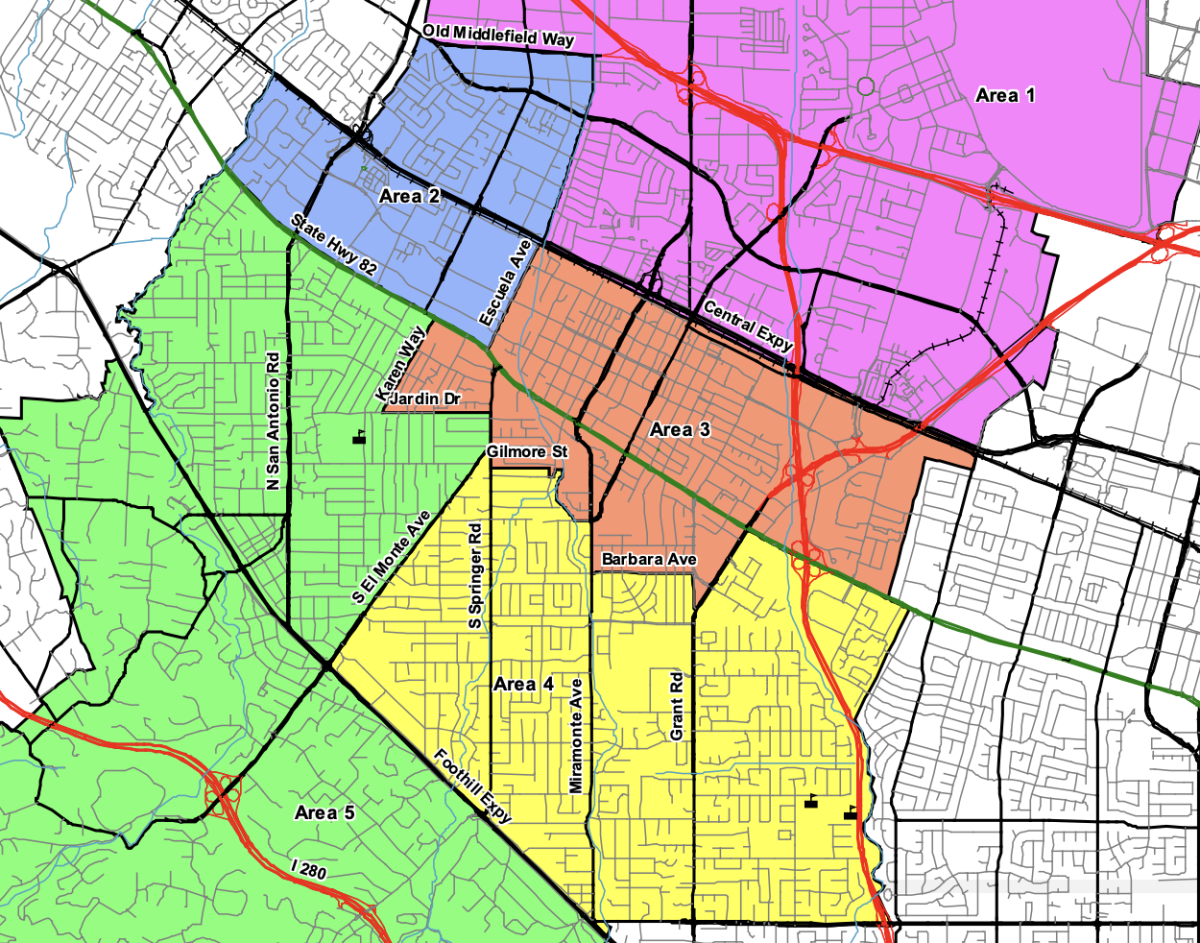Come autumn of 2014, the California Standardized Testing and Reporting Test (STAR) will officially be retired as the method that state and federal governments use to evaluate students. These changes come in the wake of a nationwide shift in the approach to standardized testing. Beginning in the spring of 2015, students in grades K-12 will be evaluated using the Common Core, a set of standards already agreed upon by 45 states and scheduled for nationwide implementation by the next school year.
According to the Common Core state standards initiative website, the new guidelines are “designed to be robust and relevant to the real world, reflecting the knowledge and skills that our young people need for success in college and careers.”
Essentially, the Common Core is a new set of criteria that students in California and 44 other states nationwide will be evaluated on beginning in 2015. The goal of the transition is to shift the emphasis of state testing from rote memorization to conceptual learning and understanding. The exam itself is a computerized, adaptive exam, which will most likely be given only to 11th graders.
The district is required to implement the official Common Core exam starting in the 2014-2015 school year, when the federal mandate for nationwide alignment of testing kicks in. However, despite the new procedures’ proximity, many specifics of their implementation have yet to be decided, and are currently being debated at the state and federal level. Meanwhile, the district administration has been left largely in the dark regarding logistics of the actual assessment.
“I can’t even tell you how many times info came down to us saying ‘okay this is our final’ and in less than 24 hours it [was] all unraveled again,” MVLA Assistant Superintendent Brigitte Sarraf said. “The landscape literally changes daily.”
As of now, the only specific the district knows for certain is that Common Core testing will begin for 11th graders in 2015. The most pressing question yet to be answered is what test students can expect to take this coming spring.
“[The district] is very interested in having our teachers and our students experience the common core before it becomes a high stakes test that … 11th graders are going to have to take in 2015,” Sarraf said.
MVLA may have an opportunity to do just that. The district could potentially conduct “practice” Common Core tests this spring. These tests won’t be used in the official state evaluations, but could be a valuable tool in making sure both students and teachers are prepared for the switch.
Either way, students can expect that STAR testing will be severely reduced or even eliminated completely by this coming spring. Assembly Bill 484, which has been approved by the Assembly and is currently being debated in a state Senate committee, would restrict STAR testing to federally mandated tests exclusively, such as some math and ELA assessments.
The shift to Common Core standards comes as a result of long-term debate regarding the effectiveness of the STAR test, with many educators around the country saying the fact-heavy assessment forces teachers to teach solely for the test and forego other important concepts.
Math teacher Carol Evans echoes the opinion of many teachers and test-makers supporting a shift away from that direction.
“[Learning math] is like building a house,” Evans said. “You can’t build a house with a multiple choice test.”
Evans supports the state’s decision to switch to the Common Core standards, but knows it won’t be without its challenges.
“Math is creative,” she said. “[Teaching math well] is a mean task…especially with a standardized test.”
While the STAR tests have been criticized for not evaluating critical thought, the new standards have raised concerns for being too difficult. Last year when New York state implemented the tests, their relative test scores dropped precipitously, with only 31 percent of students qualifying as “competent” in Math and 31.1 percent in English. An alarming amount of at-risk students also fared poorly, with approximately three percent of English-learning students scoring at or above proficient, and less than 20 percent of hispanic and black students doing likewise.
Regardless of the criticism, there is hope at Los Altos that the new standards will better prepare students for real work in future colleges and careers, and live up to the fervent hype surrounding the new approach.
“I’m skeptical,” Evans said. “But I’m [also] optimistic.”








